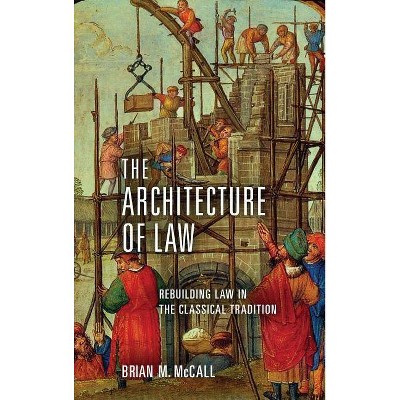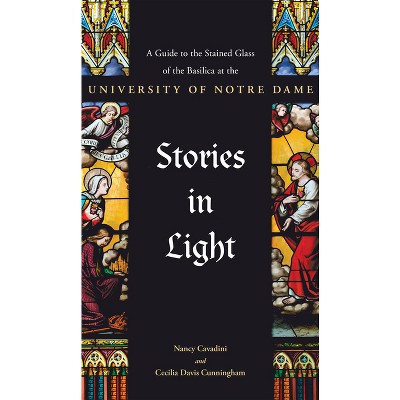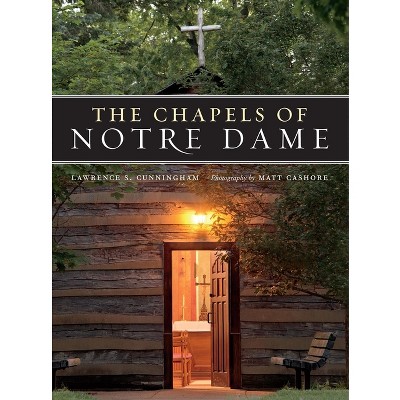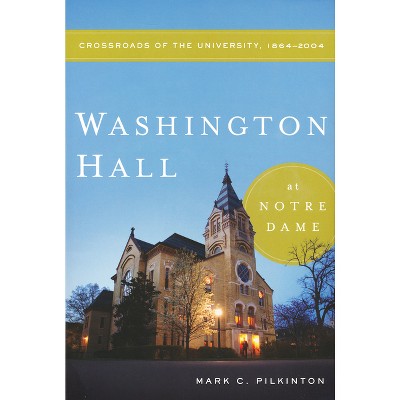Sponsored

Liturgy and Architecture - by Louis Bouyer (Hardcover)
In Stock
Sponsored
About this item
Highlights
- Ritual and architecture have provided the abstract and the tangible foundations of group worship from the era of the first Christians to the present-day ceremonial of the Church.Through the centuries the buildings that house liturgical practices have developed their own specific individuality, and the interpretation of the liturgy is reflected in architecture, a reflection in stone of community prayer lives.
- About the Author: Rev. Louis Bouyer (1913-2004) was a member of the French Oratory and one of the most respected and versatile Catholic scholars and theologians of the twentieth century.
- 136 Pages
- Architecture, Buildings
Description
Book Synopsis
Ritual and architecture have provided the abstract and the tangible foundations of group worship from the era of the first Christians to the present-day ceremonial of the Church.
Through the centuries the buildings that house liturgical practices have developed their own specific individuality, and the interpretation of the liturgy is reflected in architecture, a reflection in stone of community prayer lives. The early Syrian churches, the Roman basilicas, the Byzantine, Gothic, and Romanesque styles of the Western churches are symbols of the adaptation of architecture to liturgy--of style to content.
Father Bouyer replaces myths and misconceptions about Church liturgy with facts based on archeological findings and, in doing so, gives an entirely new concept of the importance of Church architecture as an implementation of liturgical worship.
"Builders of modern churches, says Father Bouyer, "seem to lack that inspired touch.... We try to furnish our churches with features picked at random from old routine styles."To make Church architecture a contemporary witness to the liturgy, it is the author's belief that past practices must be examined to see if they are irrevocably welded to the past or flexible enough to reapply to the present. To discover--or rediscover--the meaning of the liturgy demands an over-all perspective necessary to remodel and structure our churches of today.
Review Quotes
"In this excellent monograph Father Bouyer has some important things to say on the arrangement of church interiors for the conduct of worship...He shows, with the help of interesting and stimulating diagrams, that in a church there should be three focuses or centres for the liturgy, disposed on it's long axis: a place towards the middle for the ministry of the word, the successor of the bema or ambo, then the altar, and in addition a focusing of the minds of the congregation on the eschatological elements in the Gospel." --The Journal of Ecclesiastical History
"Bouyer's book remains an important work, and it is perhaps its greatest merit that it introduced a wider audience to the significance of early Syrian church architecture. Louis Bouyer was one of the first to raise questions that seemed deeply outmoded then, but have now become matters of intense liturgical and theological debate." --The Institute for Sacred Architecture
About the Author
Rev. Louis Bouyer (1913-2004) was a member of the French Oratory and one of the most respected and versatile Catholic scholars and theologians of the twentieth century.











